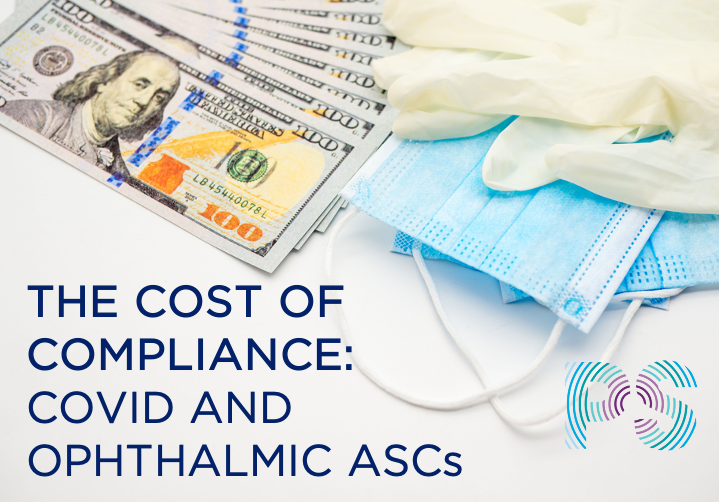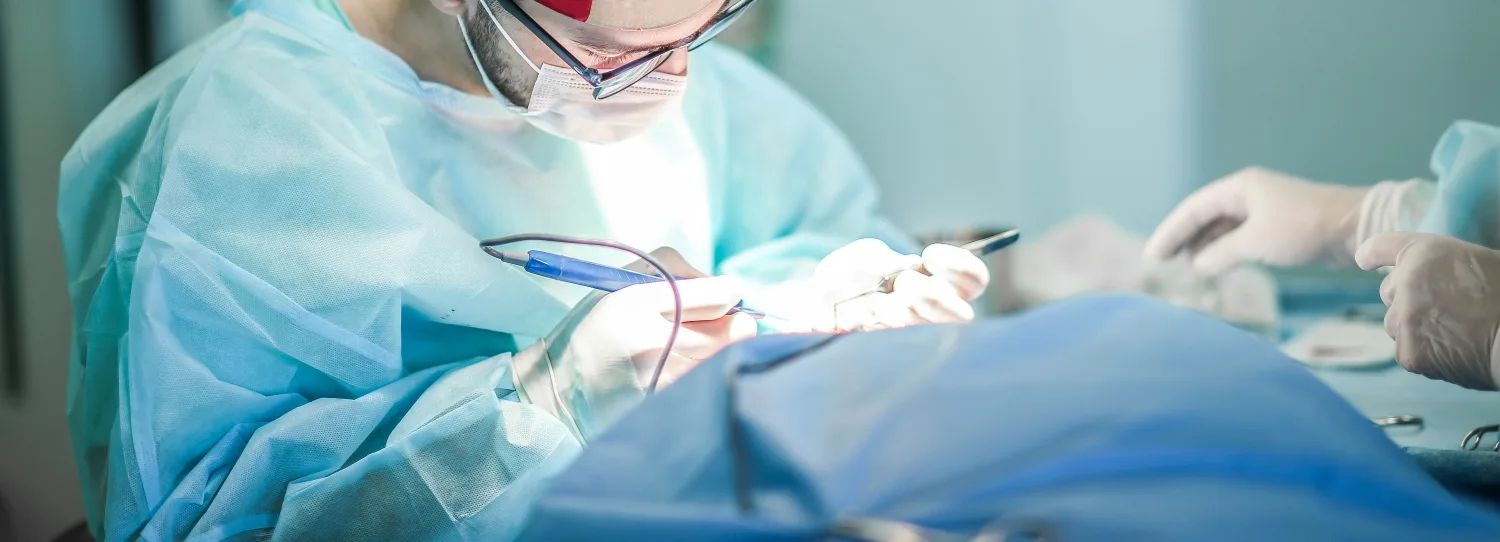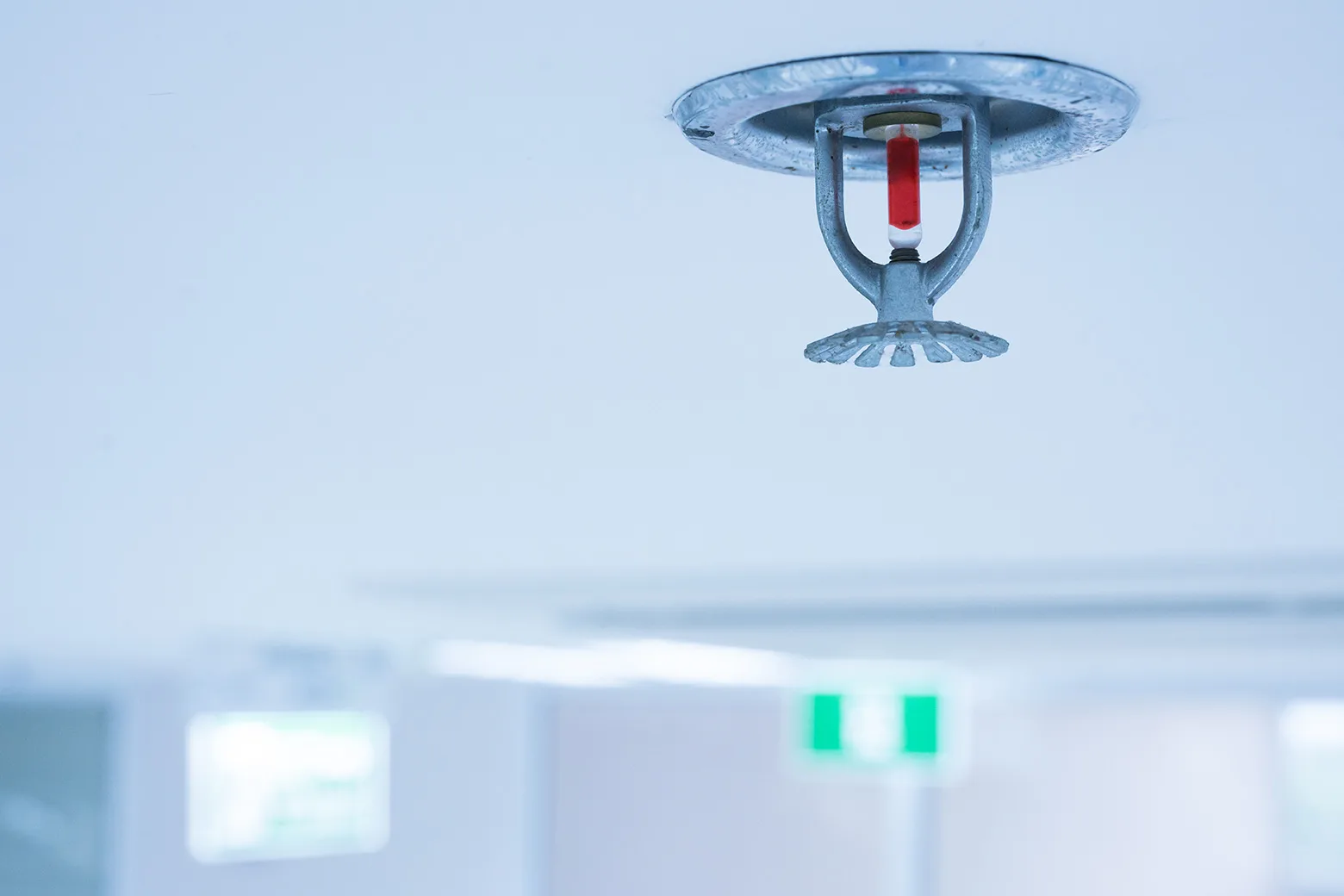
Written by: Regina Boore NS, BSN, RN, CASC and Nancy Stephens
When the COVID-19 pandemic arrived in March of this year, ambulatory surgery center (ASC) operations changed abruptly and drastically. By late April, 35 states had issued executive orders to curtail elective surgery. While many ASCs ceased operations indefinitely, others remained open, albeit with a severely restricted surgery schedule. ASC leaders responded by going into survival mode, becoming laser-focused on stretching cash flow to cover the slowdown, shutdown, and/or reopening of their centers.
At the same time, government agencies and professional societies were providing rapid-fire guidance regarding clinical protocols necessary to continue operations. Surgery centers worked tirelessly to keep up with the latest directives, which were being issued weekly, then daily, sometimes multiple times a day. Limited access, universal masking, social distancing, rigorous screening, and thorough cleaning/disinfecting became the new normal. ASC leaders focused on implementation of the new guidelines without regard to the associated expense.
Assessing the Impact
Now, months later, COVID-related precautions have been accepted and fully integrated into surgery centers. In an effort to gauge their financial impact, Progressive Surgical Solutions invited ASCs across the country to participate in a PPE COVID cost study. As part of this research, we asked each client to capture the PPE costs related to COVID-19 for the first six months of 2020 — two months of pre-COVID data (January and February) and four months of post-COVID data (March through June). All participating clients confirmed they could provide their pre-COVID case costs, allowing for a comparison with costs incurred as a result of new protocols.
Using a tracking tool provided by Progressive Surgical Solutions, ASCs were asked to report all costs related to PPE. In addition to supplies (e.g., masks, caps, gloves, disinfectant, and thermometers), ASCs also captured labor costs (e.g., staff taking temperatures and screening pre-op calls) and COVID- related structural fees (e.g., plexiglass, signage, and barriers). Additionally, participating ASCs captured their surgical volume per month, allowing them to calculate their total costs on a per-case basis.
PPE Costs
According to the study, pre-COVID PPE costs for ophthalmic ASCs across the United States averaged $3.69 to $4.16. Meanwhile, post-COVID PPE costs, which included supplies and labor-related safety precautions, averaged $14.06 to $17.99 — an increase of roughly $12.32 per case and 313 percent in costs per case. With all staff in the ASC wearing caps and masks, supply orders escalated to an average of 1,200 percent. Meanwhile, orders for disinfectant wipes averaged a 238 percent increase.

Labor Costs
In addition to supplies, labor costs also increased. With a need for additional personnel to take temperatures at the front door, and more time to screen patients for COVID symptoms pre-op, the cost of labor increased by an average of $4,025 per month. If these practices are sustained, the typical ASC could lose approximately $50K per year. In addition to the incremental labor costs, these new positions are proving quite challenging to fill — in some states, medical assistants are acceptable, while in others, more advanced credentials are required.

Remain Proactive
While the results of this study were not shocking, they hold valuable insight for ASC owners seeking to understand the true financial impact of COVID-19. Clearly, the implementation of COVID-related infection controls has significantly impacted labor and supply expenses, adding further financial strain to practices. As they continue to monitor these ongoing expenses, ASC leaders and owners must remain aware of their impact and be proactively evaluating all other controllable costs. Once the overall financial results of the past six months are confirmed, owners will likely see the inevitable reductions on net income and available cash.
We are all doing our best to survive in this “new normal.” By sharing the study results, we hope that more ASCs see the value in tracking costs per case data and profitability by case type. The sooner the ASC can get a handle on its costs, the sooner it can effect changes that will positively impact the bottom line.
We are thankful to our clients across the country who participated in the study. For our ASC clients who would like to get a handle on case costing, we would love to support you. PSS is here to help our ASC clients navigate the waters and get back on the right track!




